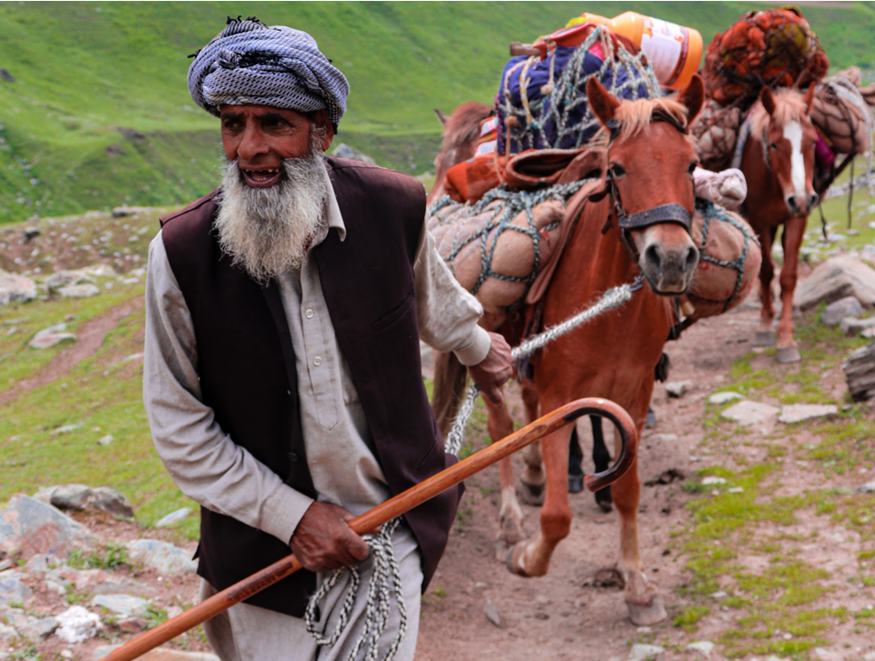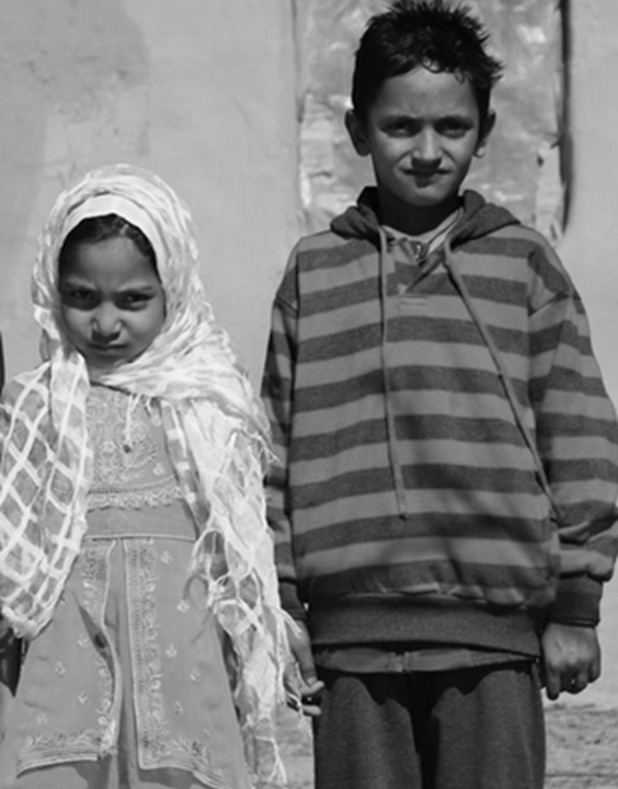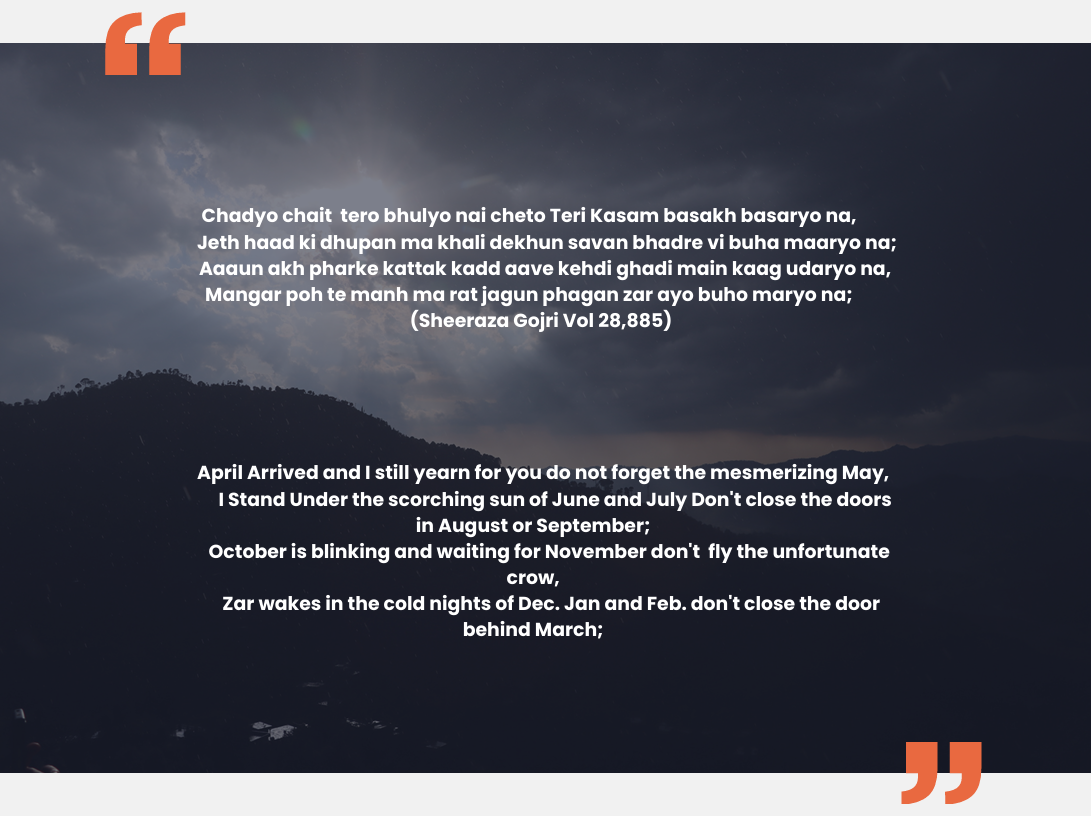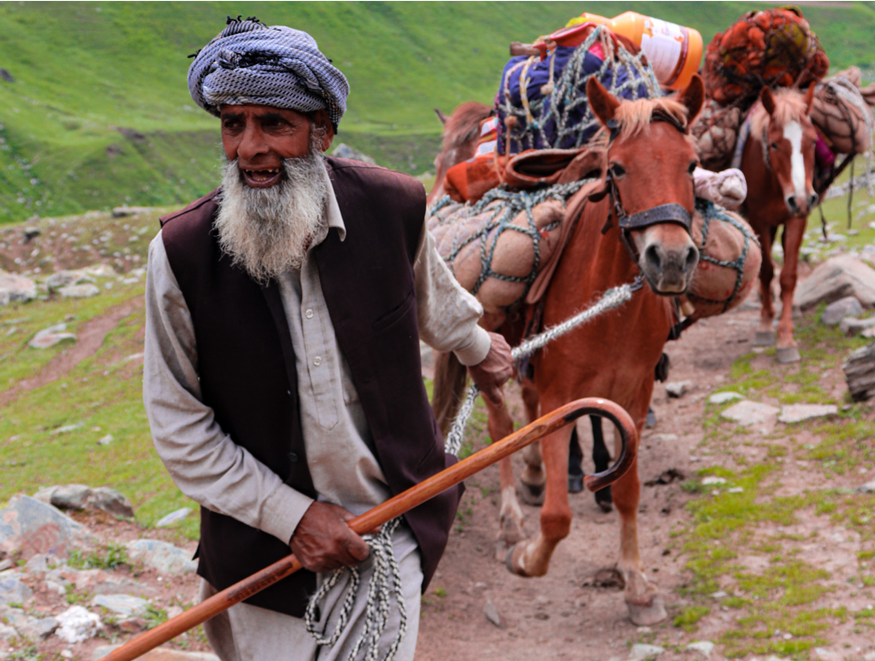
Themes
monographs on tribes of the state
MONOGRAPH ON GUJJAR-BAKARWAL TRIBES POETRY, jammu & kashmir

This chapter synthesizes the key insights and analyses presented in earlier sections, aiming to provide a comprehensive narrative of the study. The report begins with an introduction to several theoretical concepts, such as History from Below, Epistemic Violence, Elitism, and False Historiography, setting the context for the examination of the Gujjar-Bakarwal community. The central focus is the application of Subaltern Theory to explore how Gojri poetry and folklore serve as cultural expressions of marginalized communities.

The report explores how Gojri poetry and folk songs reflect the experiences and struggles of subaltern communities, particularly the Gujjar-Bakarwals. By analyzing the community's literary traditions through the lens of Subaltern Theory, it highlights the ways in which these cultural forms act as vehicles for resisting dominant narratives and asserting the community's identity. This approach examines the intersection of social, cultural, and political factors that shape the lives of the Gujjar-Bakarwals, emphasizing their role in the preservation of subaltern histories.

The thematic analysis of Gojri poetry includes an exploration of various topics such as mortality, assimilation versus resistance, and the importance of customs and traditions. For example, poems like "Bademo" and "Zindagi" focus on life's impermanence, while "Gujjar Hosh Sambhal" and "Raju Ka Thela" critique the challenges of modern education. The poetry also delves into the tension between traditional values and external influences, providing insight into the community's efforts to preserve their identity in the face of societal changes.

Gojri folklore plays a crucial role in preserving the community's cultural identity, as it encapsulates their values, rituals, and historical experiences. Poems and folk songs such as "Ayo Basakh Bahar" and "Do Byah" provide insight into the customs of transhumance, polygamy, and the connection to the land. These traditions, passed down orally, reinforce the collective ethos of the Gujjar-Bakarwal people and serve as a means of resistance against external forces that threaten to erase their cultural heritage.

The report acknowledges several limitations in the study, including the challenges in accurately capturing the essence of Gojri poetry and folk songs due to regional dialects and the transition from oral to written traditions. Despite these hurdles, the report presents a thorough analysis of the Gujjar-Bakarwals' social and cultural dynamics. Further research is suggested to explore comparative studies of other tribal communities' folklore and the impact of globalization on oral traditions, offering a broader understanding of subaltern narratives across different regions.

